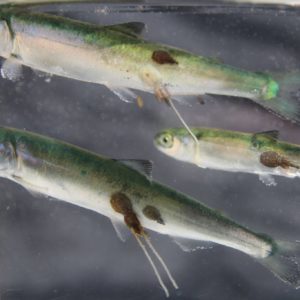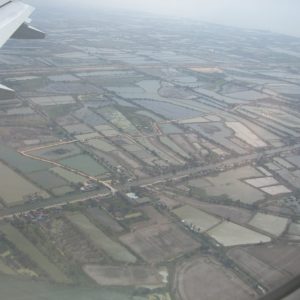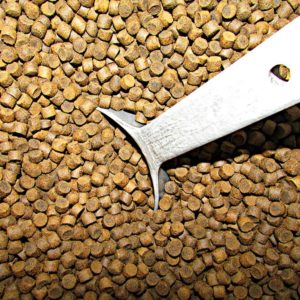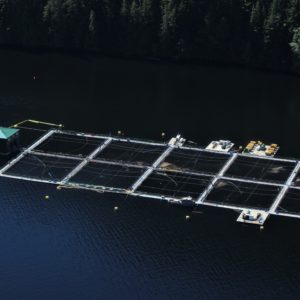Escapes
Every year, millions of fish escape from aquaculture facilities worldwide — posing a risk to the surrounding ecosystem and wild fish.
Open-net pen systems and shrimp ponds are the most vulnerable to escapes.
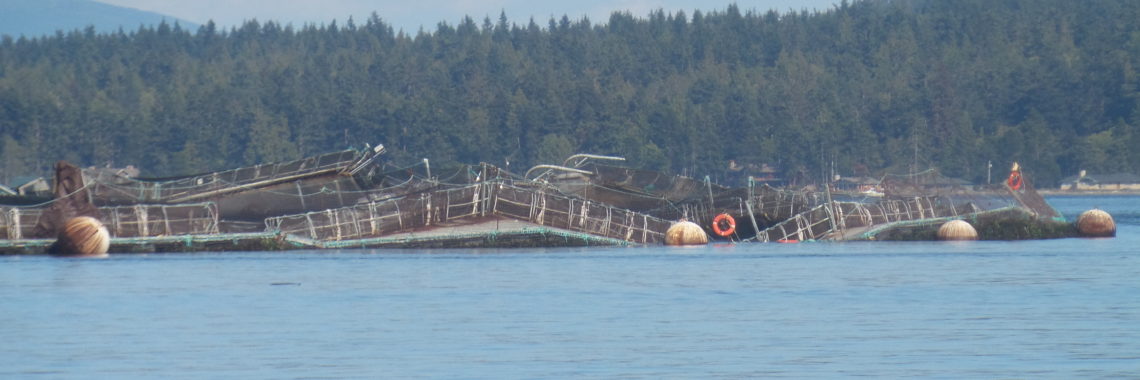
The Challenge
Escapes from fish farms, especially salmon farms, are another consequence of the rapid growth of the aquaculture industry in recent decades. Escapes can occur either as large-scale events, or as “leakage” (continual low-level escapes over the farm cycle).
The threat farm escapees pose to the gene pool of wild salmon is a significant concern, especially for at-risk fish populations. In Atlantic North America and Europe, wild populations differ genetically from farmed Atlantic salmon. Successful interbreeding has been demonstrated and documented in both regions. The consequence of interbreeding, between farmed and wild Atlantic salmon, results in genetic diversity dilution, generational fitness degradation and adaptation loss (i.e. the ability to effectively adapt to environmental changes).
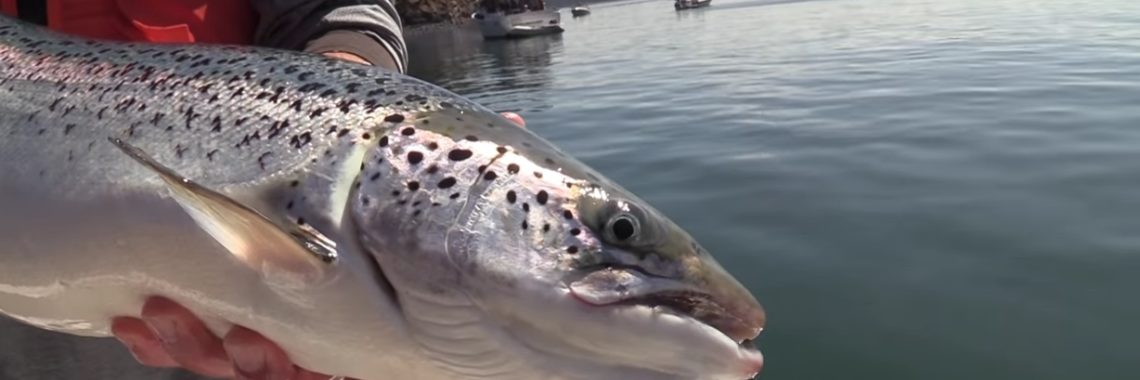
Escapees can also compete with wild fish for food, spawning habitat, and other resources. Farmed escapees may establish themselves as an invasive species. Feral and breeding farmed salmon have been previously documented in rivers in British Columbia and South America. Established populations of escapees exist in Atlantic farming regions.
Escape monitoring, especially in wild salmon ecosystems, is insufficient and largely absent. Therefore, the full extent and understanding of the impacts caused by farmed escapes is limited.
The Solution
At a minimum, open-net pen systems should be regulated to set construction and facilities standards, prevention and response plans, and monitoring and enforcement processes. In some regions, no such regulations exist. However, the only way to eliminate unnecessary risks to wild fish populations is to implement land-based closed containment farming, with carefully controlled connections to marine and freshwater ecosystems.
Government authorities should also implement rigourous, robust and continuous monitoring in wild salmon ecosystems at risk from escapees.
